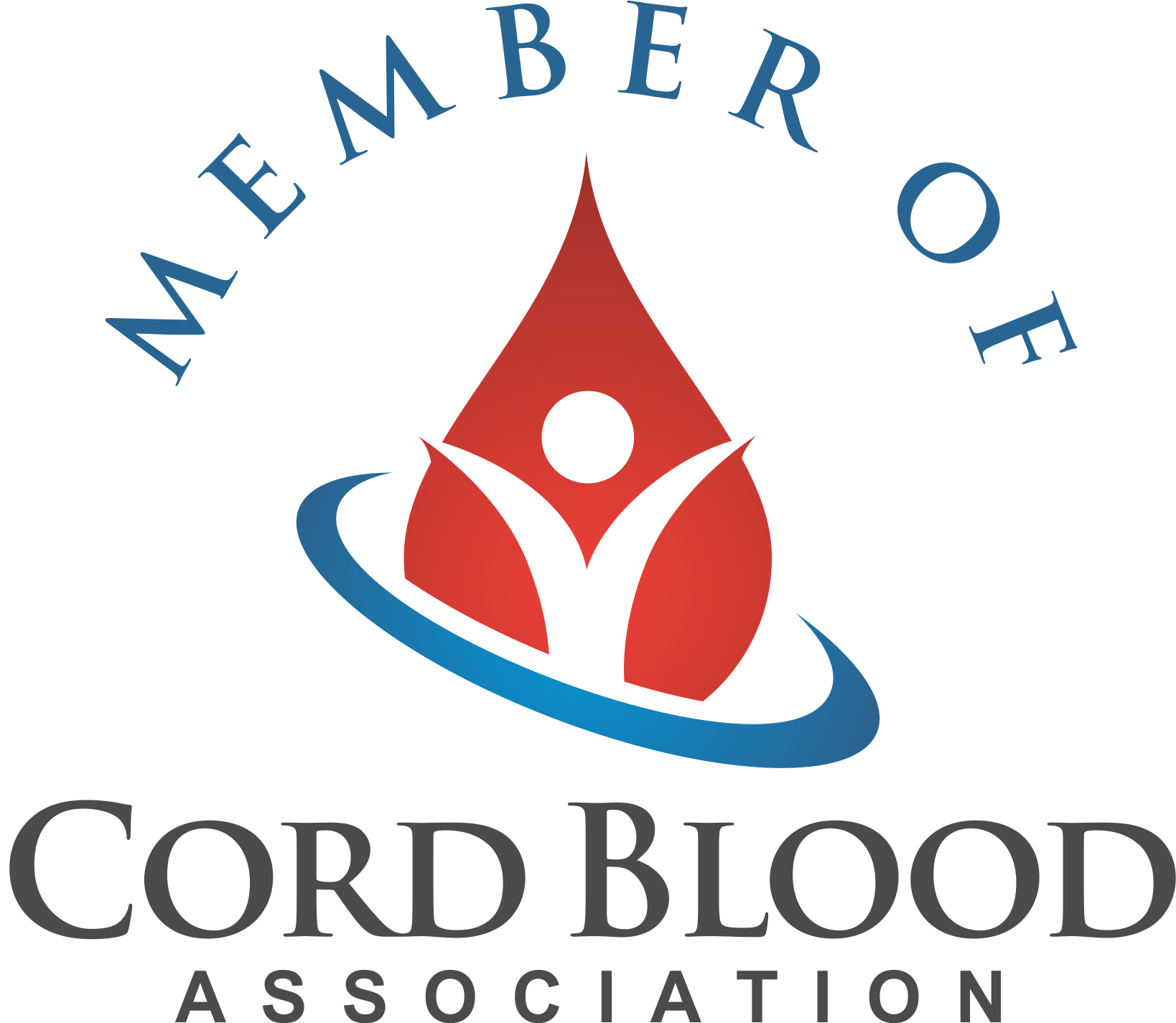Stem cell banking involves the collection, processing, and preservation of stem cells for potential future medical use. https://maps.app.goo.gl/ZxqTWRVidzNjQUwz6 are unique cells with the flexibility to become various cell varieties within the body, making them valuable for treating a variety of diseases and injuries. There are two primary types of stem cell banking: umbilical cord blood banking and grownup stem cell banking.
Umbilical Cord Blood Banking:
Collection:
Umbilical twine blood is collected from the placenta and umbilical twine immediately after childbirth. This process is non-invasive and painless for both the mother and the new child.
Stem Cell Content:
Cord blood accommodates hematopoietic stem cells, which have the potential to become numerous forms of blood cells, including purple blood cells, white blood cells, and platelets.
Processing and Storage:
After collection, the cord blood is processed to isolate and focus the stem cells. The processed wire blood is then cryogenically preserved and stored at very low temperatures for long-term storage.
Family Use (Private Banking):

Some parents select to store their baby's wire blood in a private bank for unique use by their family. This could be helpful in case a member of the family develops a situation that requires a stem cell transplant.
Public Banking:
Donated twine blood can be stored in public twine blood banks, the place it becomes out there for anyone in want of a stem cell transplant. Public banking contributes to the creation of a various and extensive registry.
Adult Stem Cell Banking:
Collection:
Adult stem cells could be obtained from various tissues within the physique, corresponding to bone marrow, adipose tissue (fat), and peripheral blood.
Stem Cell Types:
Adult stem cells can differentiate into specific cell varieties relying on their source. For instance, hematopoietic stem cells from bone marrow can become blood cells, while mesenchymal stem cells from adipose tissue have the potential to turn into bone, cartilage, or fats cells.
Therapeutic Potential:
Adult stem cells are being studied for their therapeutic potential in regenerative drugs. They could additionally be used to repair or exchange broken tissues and organs in the body.
Private Banking:
Some corporations offer services for the collection and banking of grownup stem cells for private use. This entails harvesting and storing the cells for potential future medical treatments.
Research and Clinical Trials:
Adult stem cells are also utilized in numerous research studies and clinical trials to discover their applications in treating particular ailments and circumstances.
Stem cell banking, whether or not from umbilical twine blood or grownup tissues, holds promise for future medical therapies and regenerative therapies. Private and public banking options enable people to make selections primarily based on their family's medical history, potential health risks, and preferences. It's essential for people to fastidiously consider the benefits, prices, and moral concerns related to stem cell banking. Additionally, advancements in stem cell analysis proceed to broaden our understanding of their therapeutic potential..
